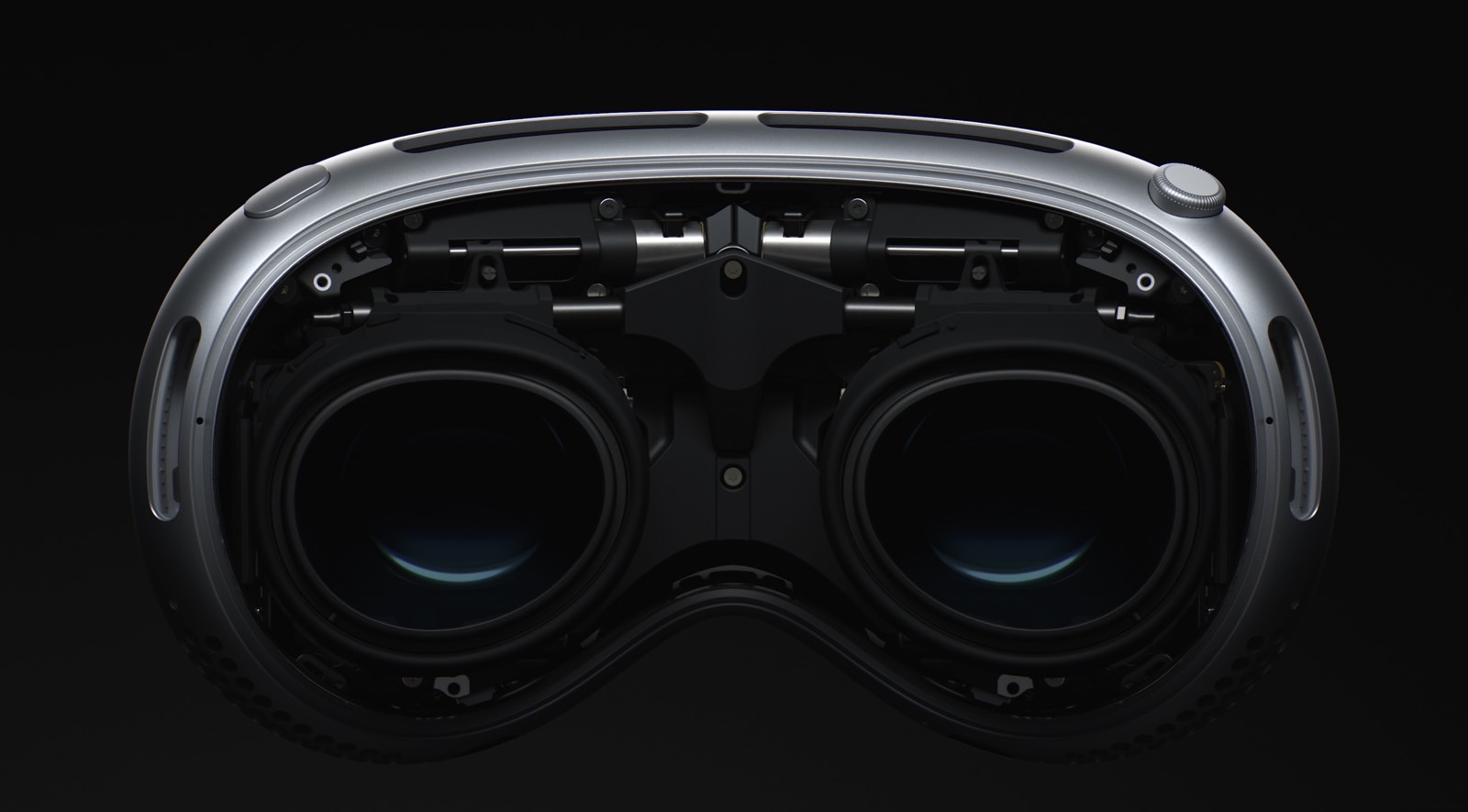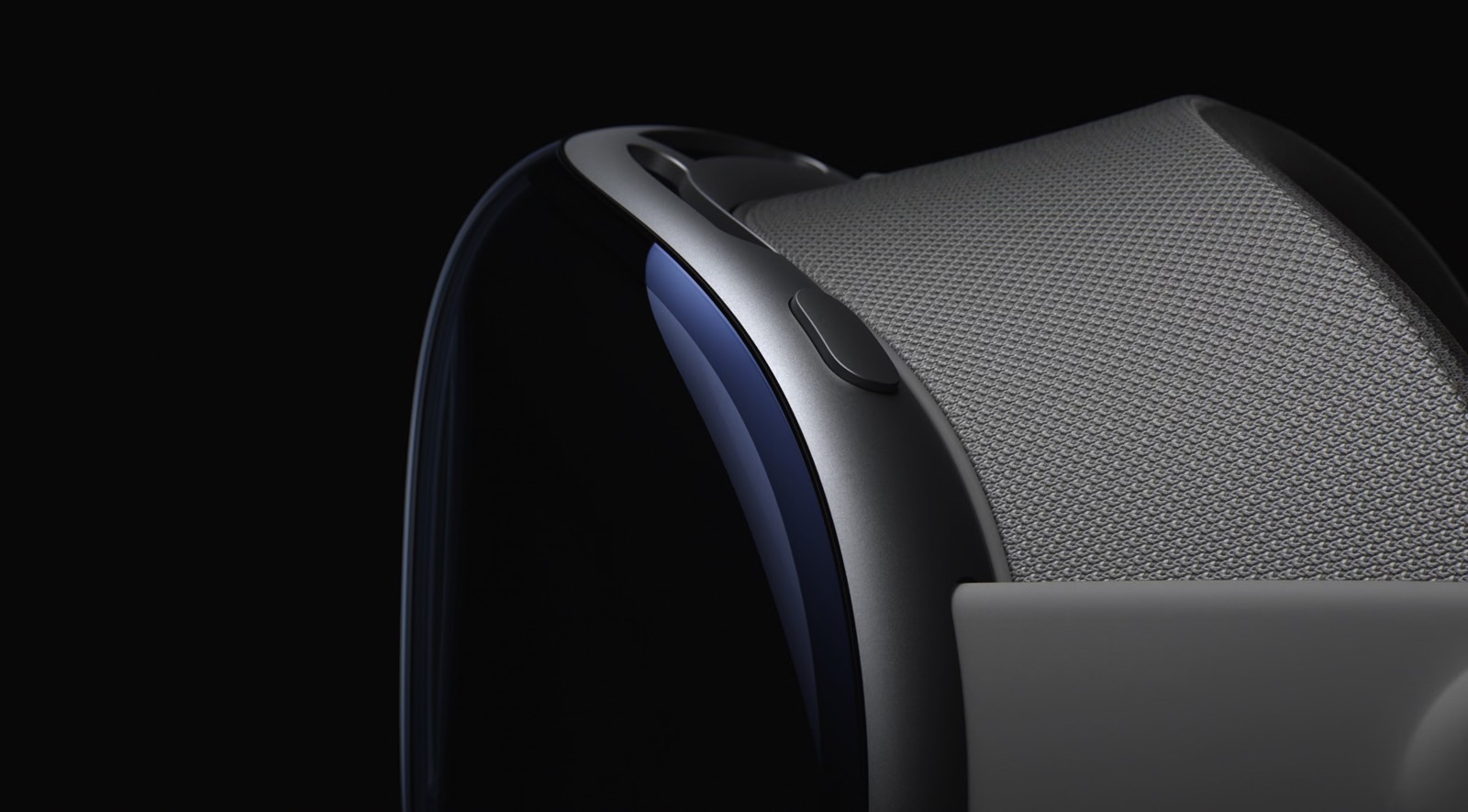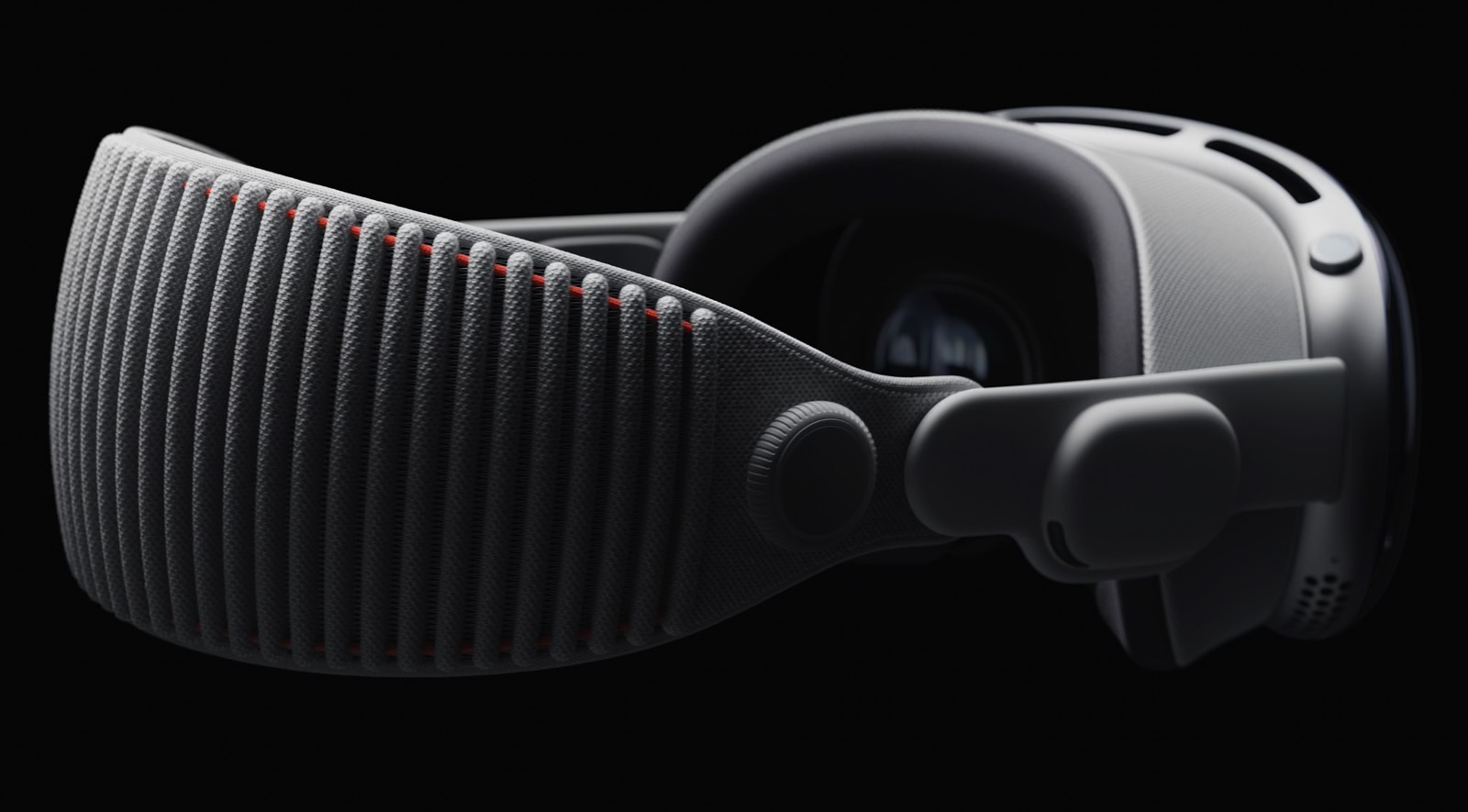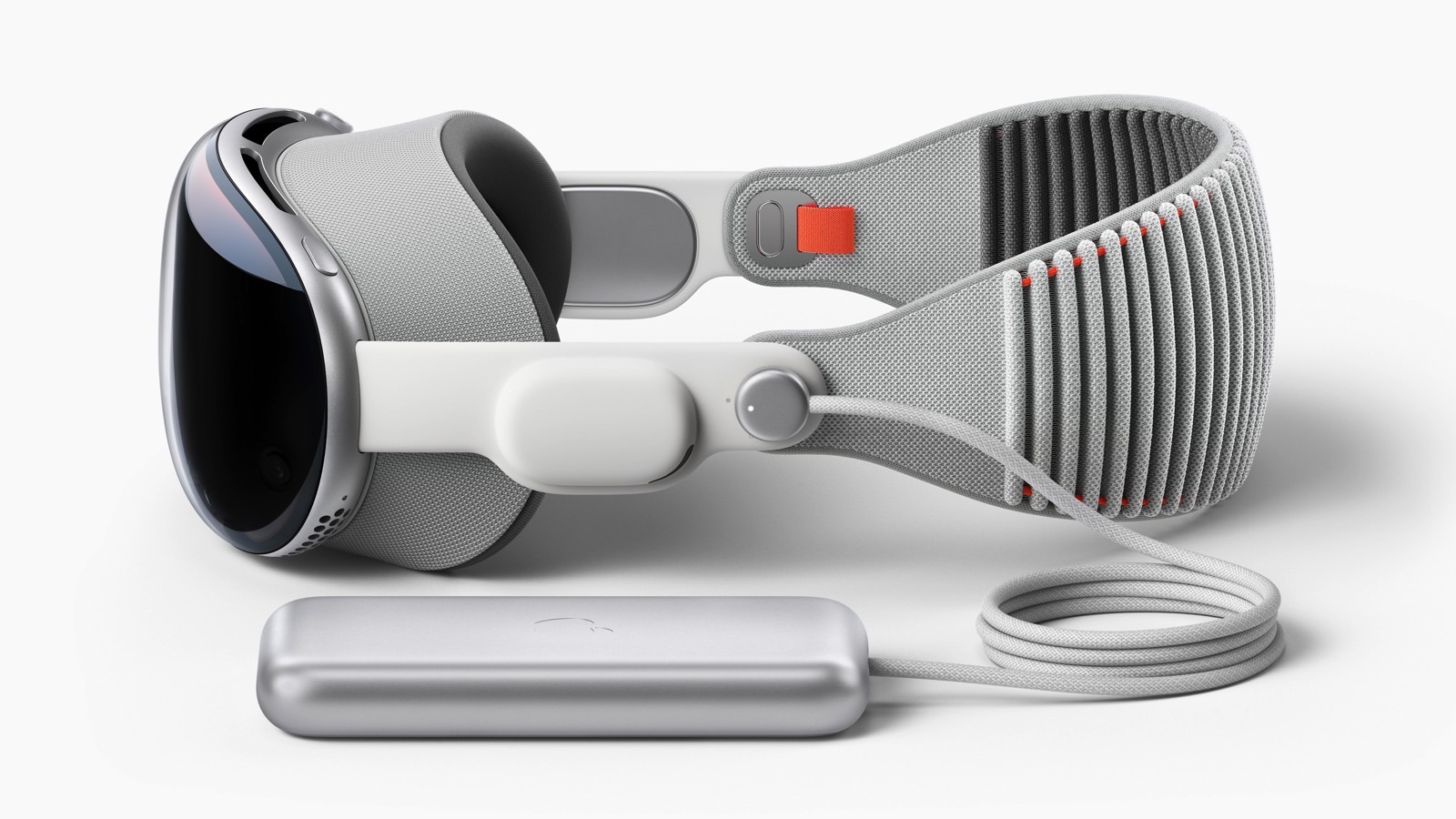This is it, the week when Vision Pro preorders kick off ahead of the spatial computer’s February 2nd release. This will be a product like no other when it comes to making your purchase. It’s not just about the $3,499 price tag or the limited Visio Pro stock. Buyers will need to be comfortable wearing the computer on their faces for several hours at a time. This isn’t just a VR device for gaming, as Apple is trying to start the next evolution of mobile computing.
As a prospective buyer, I wondered last week whether a visit to an Apple retail store would be required to buy the Vision Pro. That’s what rumors have been saying for months. But then, Apple’s instructions on purchasing the Vision Pro seemed to suggest that you’ll be able to buy the device from home and skip the in-store demo.
Now, a new report about Apple’s Vision Pro sales process makes me think that an actual visit to a store might be the best idea.
Apple instructs potential Vision Pro buyers who want to preorder at home to have an iPhone or iPad with Face ID nearby. That way, they’ll be able to scan their faces to ensure a great fit for the Light Seal. They should also have their vision prescriptions ready in case they need optical inserts for the Vision Pro.
Reporting for Bloomberg, Mark Gurman described the in-store demo and purchase process for the Vision Pro. That’s where he revealed a few interesting tidbits about the spatial computer that might make the decision-making process a bit easier for prospective buyers.
Will there be enough stock?
Ming-Chi Kuo said a few days ago that Apple will have about 80,000 Vision Pro ready, expecting the stock to sell out soon after launch.
Gurman says Apple is expecting an initial surge. After early adopters get the device, a taper in demand will likely follow. Therefore, Apple is instructing retail stores to consider twice as much inventory space during the opening weekend.
Apple will want to demo the Vision Pro to potential buyers and sell the device in stores. For that, it has a big pitch to customers that involves a lengthy demo to convince them to purchase the device.

The 25-minute demo starts with a face scan
Gurman says the actual Vision Pro buying experience will be a lot longer than you’d expect. Apple will really want to impress potential buyers and convince them they need the Vision Pro.
It’ll all start with a proper fitting that involves a retail store performing a face scan. The process is similar to setting up Face ID, and you can do it at home if you preorder the Vision Pro. But getting it done in a retail store might be the better option.
Separately, Apple will also scan glasses lenses for prescription information using a different system. This will ensure that retail staff can pick the right lenses for the demos.

25 Light Seal choices and hundreds of lenses
Last week, I wondered what sort of Light Seal customizations Apple can offer. It turns out the selection is quite large. We’re looking at 25 shapes and sizes for the Light Seal alone. This gets two cushion options.
On top of that, Apple will have hundreds of lenses in retail stores to ensure the inserts are correct.
A different Apple employee will receive all the information from the scans in a back room. They will assemble the demo Vision Pro using the correct accessories. Then, the user can experience the device.
If you’re buying, a retail employee will box the correct Vision Pro setup:
The demo process will be slightly different than the actual buying experience. In that case, the face scan will be followed by a retail employee boxing together the correct light seal, band size and cushions at the point of sale — in a similar fashion to how an Apple Watch and its band are pieced together for buyers.
I’d expect a similar process for preordered units if the information is accurate. The face scan and glasses prescription information will help employees box up a custom Vision Pro device. But that’s just speculation. That’s why I’d be more interested in getting a correct fit in an Apple retail store, which might eliminate mistakes on my part.
The ideal purchase process, the way I see it, is preordering the device online and then going in for a fitting. Again, that’s just speculation.

How comfortable will the Vision Pro be?
The fitting process aims to make the Vision Pro comfortable to wear. As a reminder, this is a device that weighs about a pound. It’s strapped to your face tightly so light doesn’t leak inside the headset. But Gurman warns that some people might get tired, while others could get sweaty:
Making sure customers stay comfortable in a Vision Pro is a key issue, and that’s harder to do the longer they wear it. Privately, several retail employees have said they felt their head was tired and sweaty after only about half an hour of use.
A redesigned band should make the headset more comfortable, Gurman says. That’s likely the Dual Loop Band that’s included in the box. But in-store demos will only feature the Solo Knit Band.
The in-store demo should tell you whether the Vision Pro is too heavy. Or if you’ll get sweaty using it.

The demo process
That 25-minute Vision Pro demo will be more complex than anything else in an Apple retail store. After the fitting, Apple will cover the basics. How you control the Vision Pro with your eyes and hands, and how to use the Fit Dial on the headband and Digital Crown button.
Once that’s done, the demo will begin. The Vision Pro tester will experience different types of demos. It starts with a look at photos that are similar to the experience on other Apple devices. The Vision Pro will then move to panorama shots and 3D spatial photos and videos.
After that, the demo will show the user how to use the device as a computer or iPad replacement. This part will include positioning multiple app windows in space and using Safari to scroll through pages.
Finally, the user will be then treated to immersive movies, including 3D content. “There is also a compelling scene that makes users feel as if they’re on a tightrope,” Gurman says.
The Vision Pro demos will also include third-party apps that will be available to buyers next week. The idea here is to give buyers a compelling experience but not an exhaustive one, so they’ll want to experience the Vision Pro more.

The key accessory
Gurman also explained that Apple has tasked accessory maker Belkin with creating a key accessory for the Vision Pro. That’s a clip for the external battery, which you’ll need if you plan to walk around while using the Vision Pro. The clip should be available in stores alongside the Vision Pro.
The clip is optional; you can place the Vision Pro in a pocket or bag. But if you lack those, you’ll need to carry that battery somehow.








